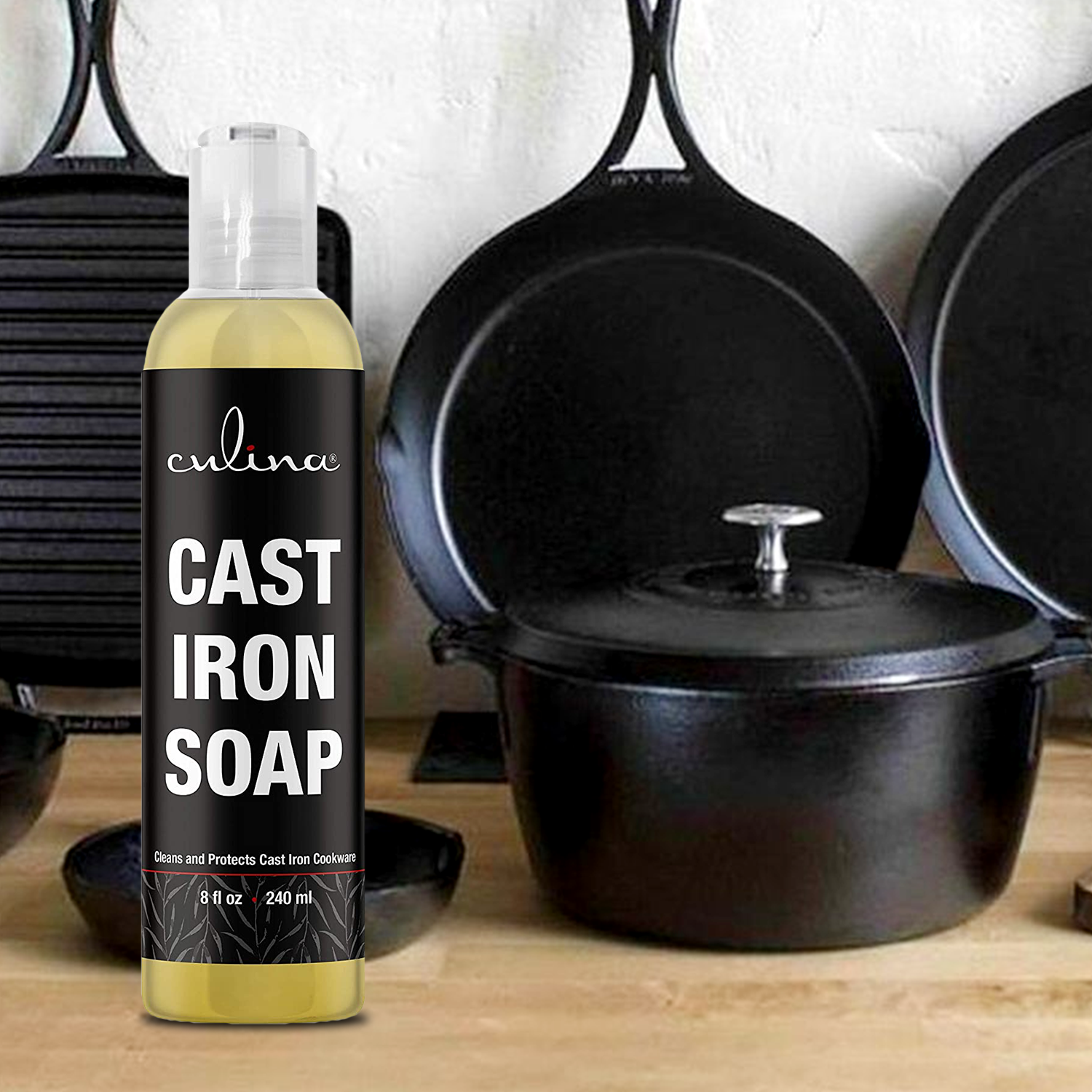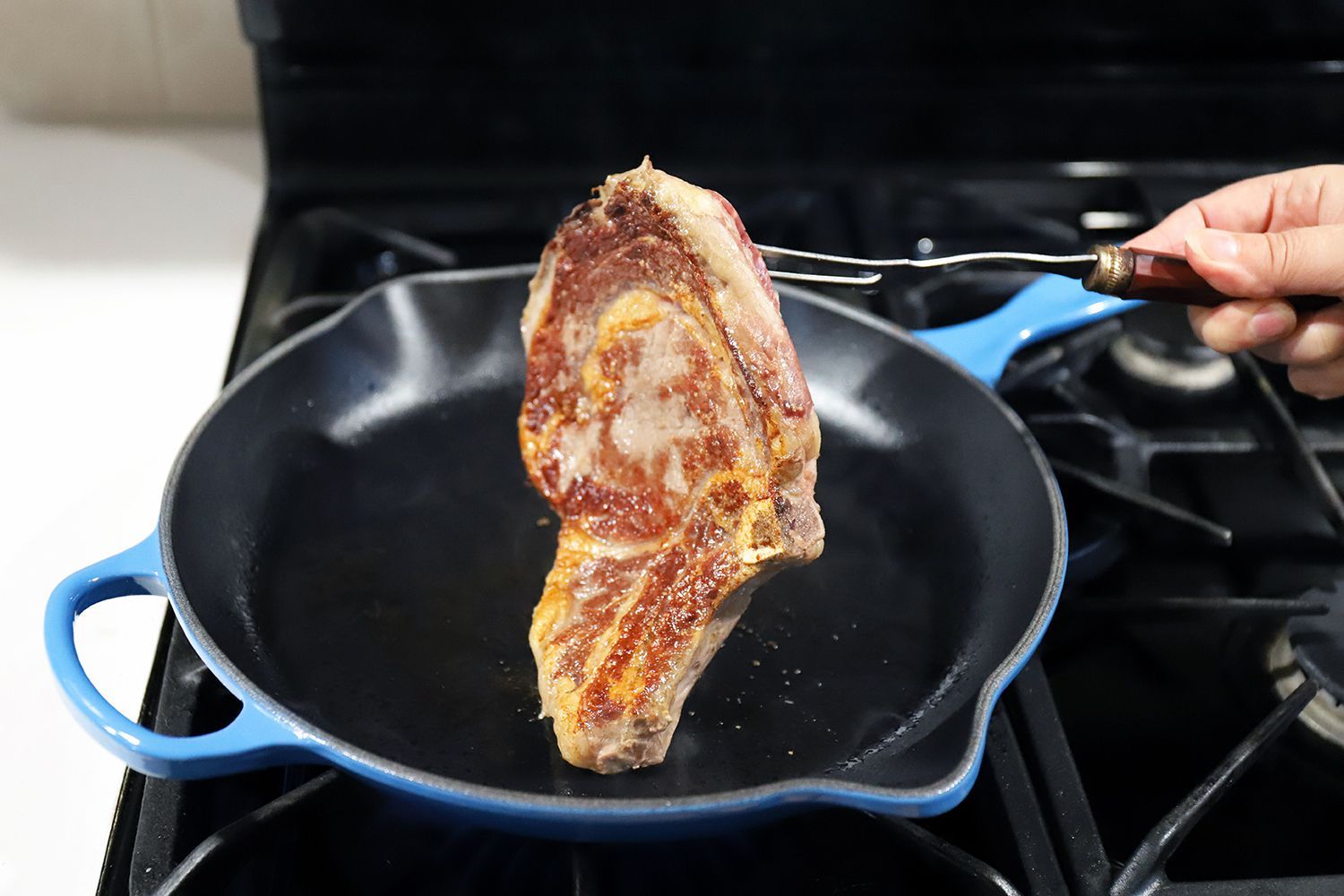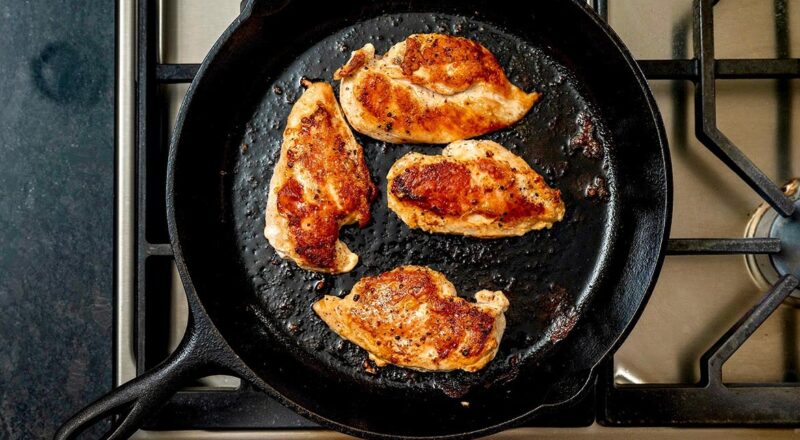Cooking is an art and a science, and having the right equipment can make all the difference. But there are times when you find yourself without a key piece of equipment, like the lid for your skillet. In such situations, knowing how to cover a skillet without a lid can be extremely useful. This article will delve into various methods to cover your skillet, ensuring your cooking process is not hampered. Whether youre a seasoned chef or a home cook, youll find the tips provided here both practical and innovative.

Why Cover a Skillet?
The Importance of Maintaining Heat
Covering a skillet helps maintain the heat and moisture needed for various cooking techniques like simmering, steaming, and braising. This ensures that your food cooks evenly and retains its flavors.
Preventing Splatter
Another reason to cover your skillet is to prevent splattering. When cooking foods like bacon or sauces, covering the skillet helps keep your kitchen clean and minimizes the risk of burns from hot oil or sauce.

Common Alternatives to a Skillet Lid
Aluminum Foil
One of the most accessible alternatives to a skillet lid is aluminum foil. It’s adaptable, heat-resistant, and easy to mold to the shape of your skillet. Simply tear off a sheet of foil, place it over the skillet, and press down around the edges.
Baking Sheet
A baking sheet is another everyday kitchen item that can serve as a makeshift lid. It’s usually larger than a skillet, allowing you to cover the entire surface comfortably. Remember that it may get very hot, so use caution when removing it.
Pizza Pan
If you have a pizza pan, it can also double as a skillet lid. Its size and shape make it a good candidate for this purpose. Plus, it is generally more heat-resistant than aluminum foil.

Heat Transfer Principles
Convection
Understanding the principles of heat transfer can help you see why these substitutes work. Convection involves the circulation of hot air or liquids, which helps cook food evenly. Covering your skillet traps this hot air inside.
Conduction
Conduction is the direct transfer of heat between objects in contact. When you use a metal object like a baking sheet or pizza pan, the heat is conducted across the surface, aiding the cooking process.
Specialized Tools and Gadgets
Silicone Lids
Silicone lids are flexible, heat-resistant, and designed to create an airtight seal around your cookware. They come in various sizes and are a long-term solution worth investing in if you frequently find yourself without a skillet lid.
Universal Lids
Universal lids are designed to fit multiple sizes of pots and pans. They can be a tremendous addition to your kitchen and make it easy to cover any skillet you use.
DIY Solutions
Cloth Towels
In a pinch, a cloth towel can be used to cover a skillet. However, this method is not suitable for extended cooking times or high heat. Place the towel over the skillet and make sure it doesnt touch the food.
Microwave-safe Plates
A microwave-safe plate can also act as a temporary lid. These plates are usually made of glass and can withstand oven temperatures. Just be cautious when handling them, as they can get very hot.
Safety Tips
Heat Resistance
Always ensure that whatever item you are using to cover your skillet is heat-resistant to avoid accidents or ruining your food.
Proper Handling
Use oven mitts or pot holders when dealing with hot surfaces to prevent burns.
Maintenance and Cleaning
Reusable Items
If you’re using reusable items like silicone lids or baking sheets, make sure they are cleaned properly after each use to maintain food safety.
Disposable Solutions
For disposable items like aluminum foil, ensure you’re using food-grade materials and dispose of them responsibly after use.
Situational Tips
Cooking Meat
When cooking meat, covering the skillet can help retain the juices and flavors. Using a baking sheet or aluminum foil can achieve this effect.
Steaming Vegetables
Covering your skillet while steaming vegetables ensures that they cook evenly and retain their nutrients. Silicone lids or even a microwave-safe plate can work well for this purpose.
Environmental Concerns
Using disposable items like aluminum foil frequently can be harmful to the environment. Whenever possible, opt for reusable solutions to minimize waste.
Advantages of Investing in Proper Lids
Though this article focuses on alternatives, investing in proper lids for your cookware can save you time and effort in the long run. It’s a worthwhile investment for any kitchen enthusiast.
External Resource
For further reading on how to clean your cast iron skillet, you can visit this External Link.
FAQs
What can I use to cover my skillet if I dont have a lid?
Several alternatives to a skillet lid include aluminum foil, a baking sheet, or a pizza pan. You can also use specialized tools like silicone lids or universal lids.
Is it safe to use a towel to cover my skillet?
You can use a cloth towel in a pinch, but it is not suitable for extended cooking times or high heat. Always ensure it doesnt touch the food.
Can I use a microwave-safe plate as a skillet lid?
Yes, a microwave-safe plate can act as a temporary lid. These plates are usually made of glass and can withstand oven temperatures, but caution is advised when handling them.
Internal Resources
For more tips on cleaning and maintaining your cast iron cookware, check out How to Clean Greasy Cast Iron. If youre dealing with repairs, our Repair Guide may be helpful. You can also explore our Chicken Thigh Recipe.
As an Amazon Associate, I earn from qualifying purchases.

